
Many Russians keep Soviet tableware because of fond memories: old sets and crystal glassware are treasured as reminders of childhood and create a festive mood. Although such tableware is hardly ever used, it continues to be passed down from generation to generation.
Some take it to their country house, others store it safely in a closet or even on open shelves as a decoration, while others collect and buy old sugar bowls and saucers at auctions. Rare Soviet sets today can cost hundreds of thousands of rubles (over 5 thousand dollars)!
A sideboard with glass shelves lined with crystal glassware, shot glasses, salad bowls and candy holders was a symbol of beauty and prosperity for Soviet citizens.
Housewives were not spoiled by luxury and wanted to decorate their everyday lives with inexpensive cozy artifacts. The USSR used to produce a lot of beautiful and relatively affordable glassware for the general population. It was used only on holidays and, sometimes, it was not even used at all.
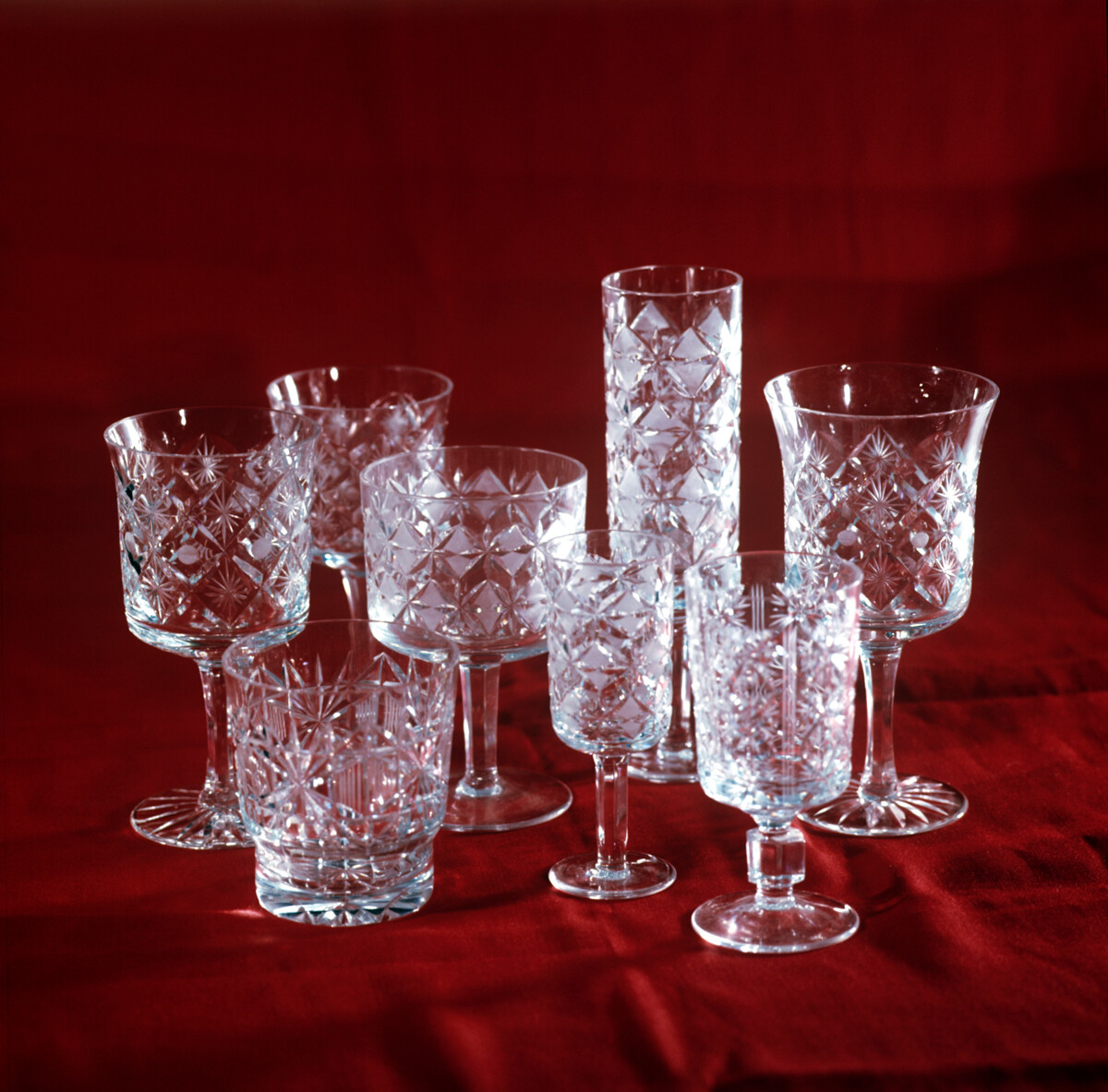
Wares by Gus Crystal company. Founded by glass master A.Maltsev.
O.Ivanov/SputnikYou could buy glasses made of colored crystal, which were more expensive, but very much appreciated for their beauty. One of the most common glasses was called ‘Suzdal’. They were produced in bright colors: green, yellow, but also in muted tones.
Salads were served in heavy crystal salad bowls of various shapes and sizes. The appetizers were placed in manger bowls and small saucers, also made of crystal.
Dropping such a salad bowl was one of the biggest nightmares of a Soviet child!
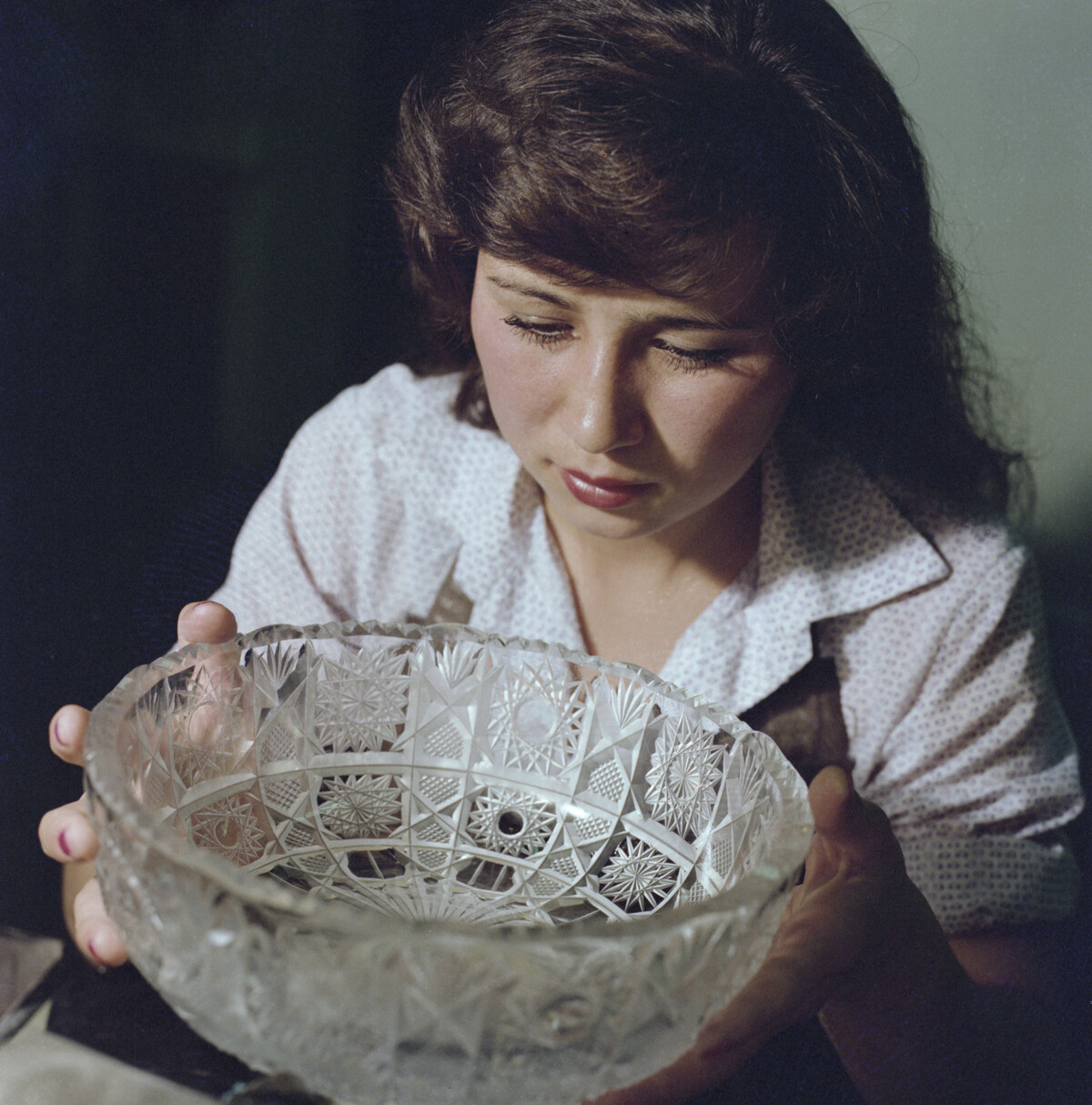
Republic of Bashkortostan, 1981 г. Crystal grinder Tanzilya Bahtiyarova.
Victor Vonog/TASSSimilar tableware, but oblong in shape and with a melchior handle, was used to store cookies and candy.
Expensive porcelain sets were presented for anniversaries, kept in the sideboard and used only on holidays by guests. Sometimes, there were one or two such occasions during the whole life of the owners. As a rule, cheap porcelain plates were used in everyday life, which were not too expensive to break. Although, of course, there were some families in the USSR where porcelain dinner and tea sets were items of permanent use. But there weren’t many of them.
It was mandatory to have a herring dish in the holiday set: the name of this plate implies that fish is put into it, which is just right for an oblong, oval-shaped dish. But, sometimes, it could also be used for salads, including ‘herring under a fur coat’.
Tea and coffee sets had the greatest variety - porcelain sets are still the target of many collectors. The most popular ones were produced at the Dulevsky and Leningrad porcelain factories. The latter was the “legal successor” of the Imperial factory - the first Russian enterprise for the production of porcelain products. Both exist to this day and produce sets with similar Soviet designs.
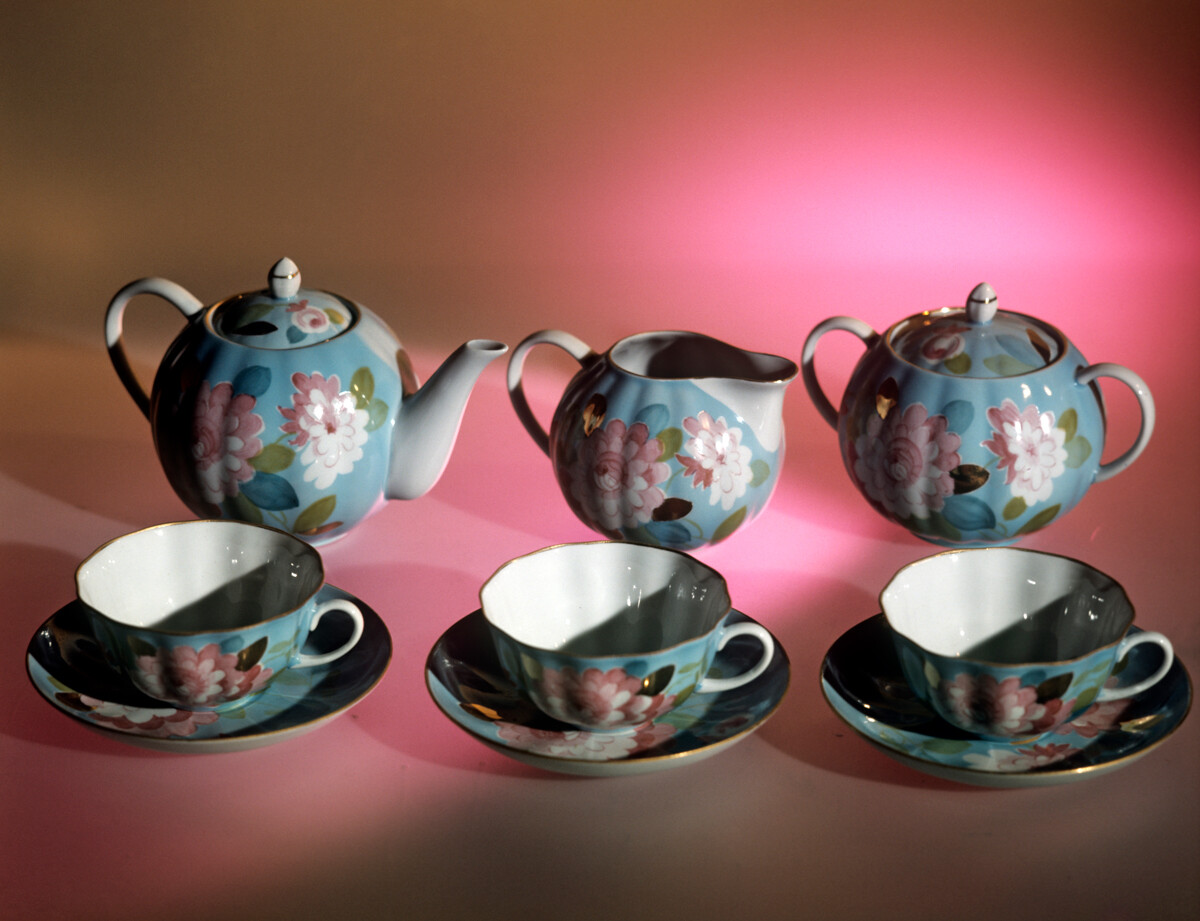
Tea set "Tulips" by Dulevo factory. Artist Pukhlova.
Y.Levyant/Sputnik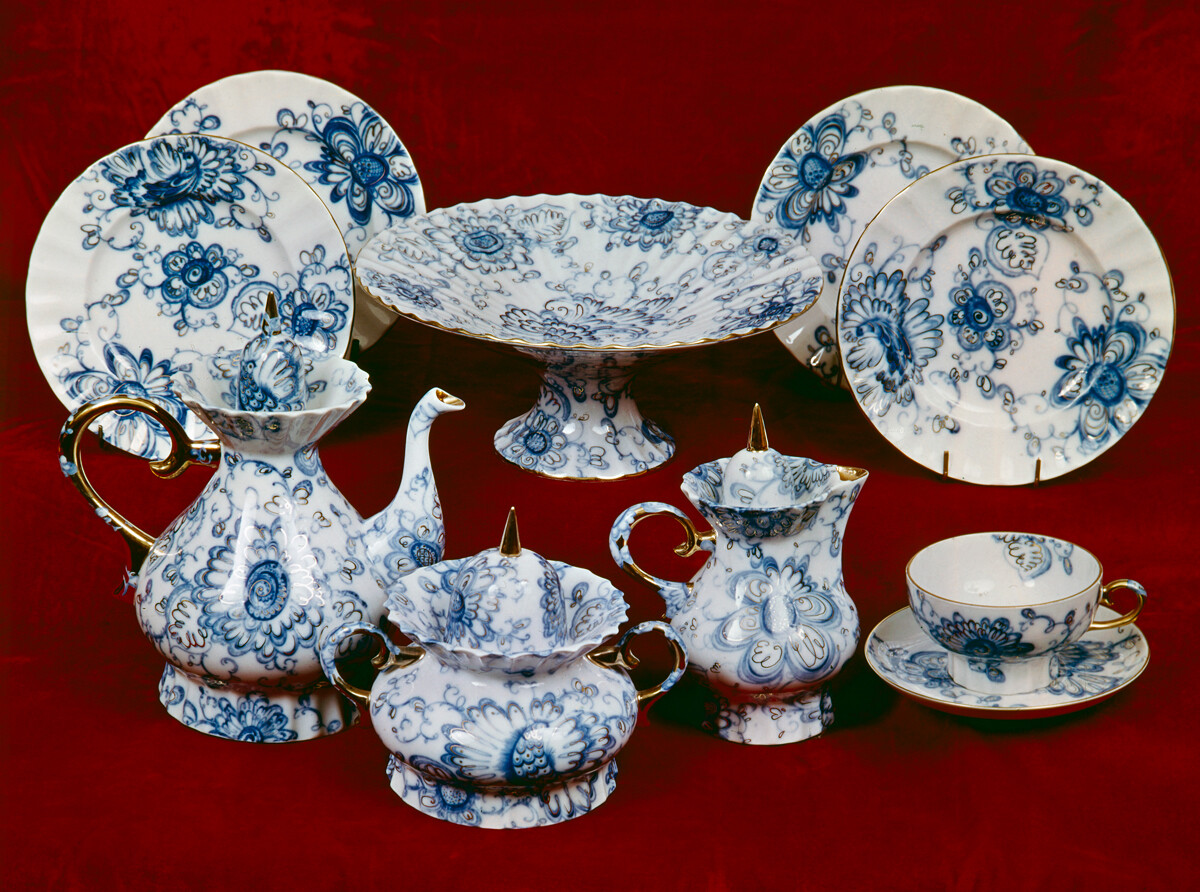
Tea set "The singing garden" by artist N.Slavina. Leningrad porcelain factory.
M.Anfinger/Sputnik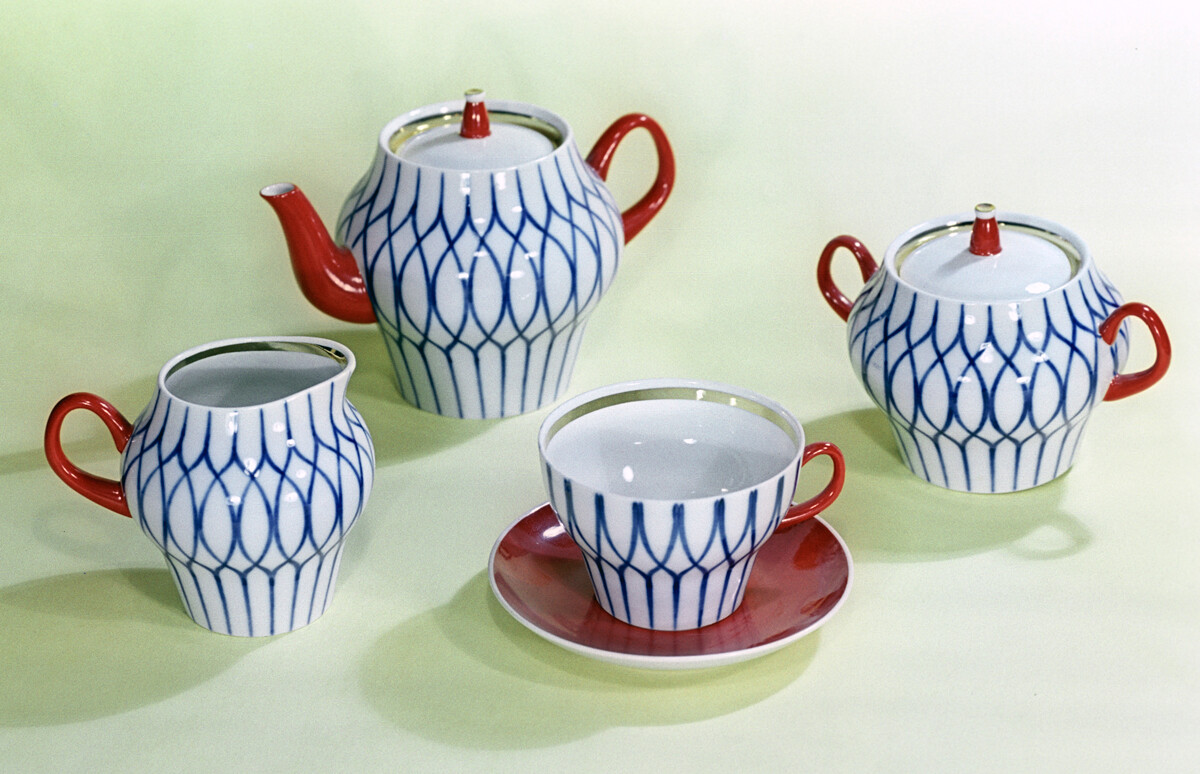
Tea set "New net" by artist Semenov, 1967. Leningrad porcelain factory.
B.Polyakov/SputnikThe most luxurious sets were from East Germany and Poland - it was much more difficult to buy them than Soviet sets.
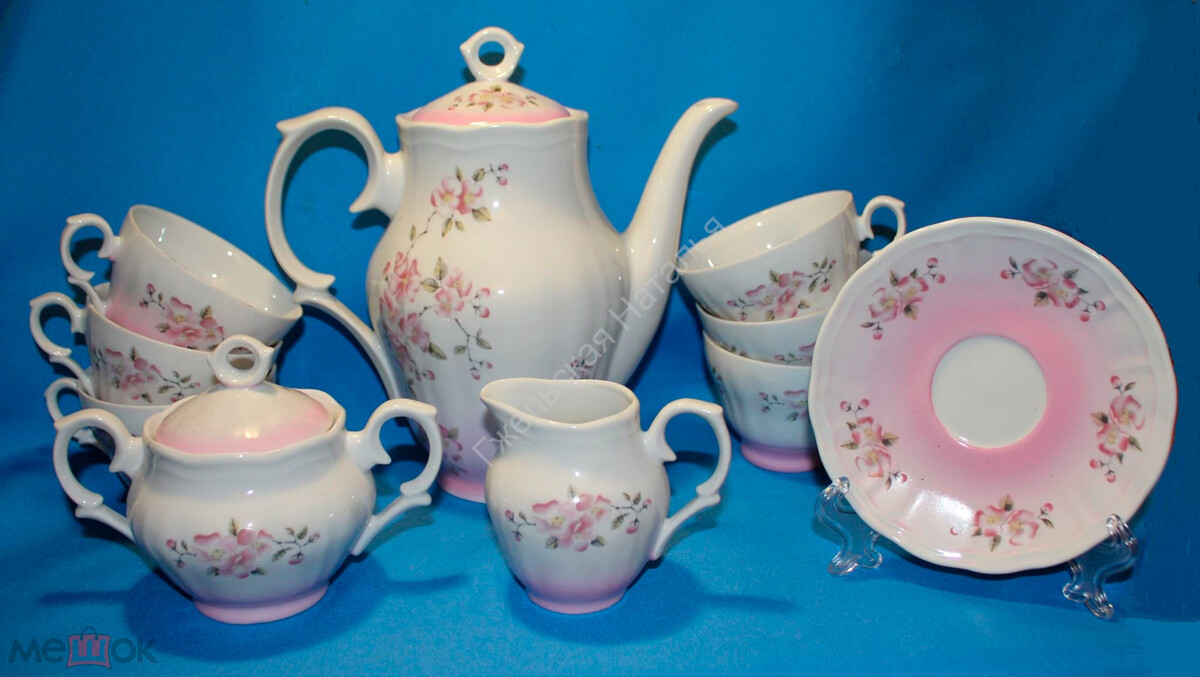
Coffee set from Poland.
meshok.netSilver cutlery was freely available, but it was much more expensive than melchior - not many people could afford it. Melchior sets were also used only on holidays, while, on a regular basis, people used cutlery made of aluminum or stainless steel with plastic handles.
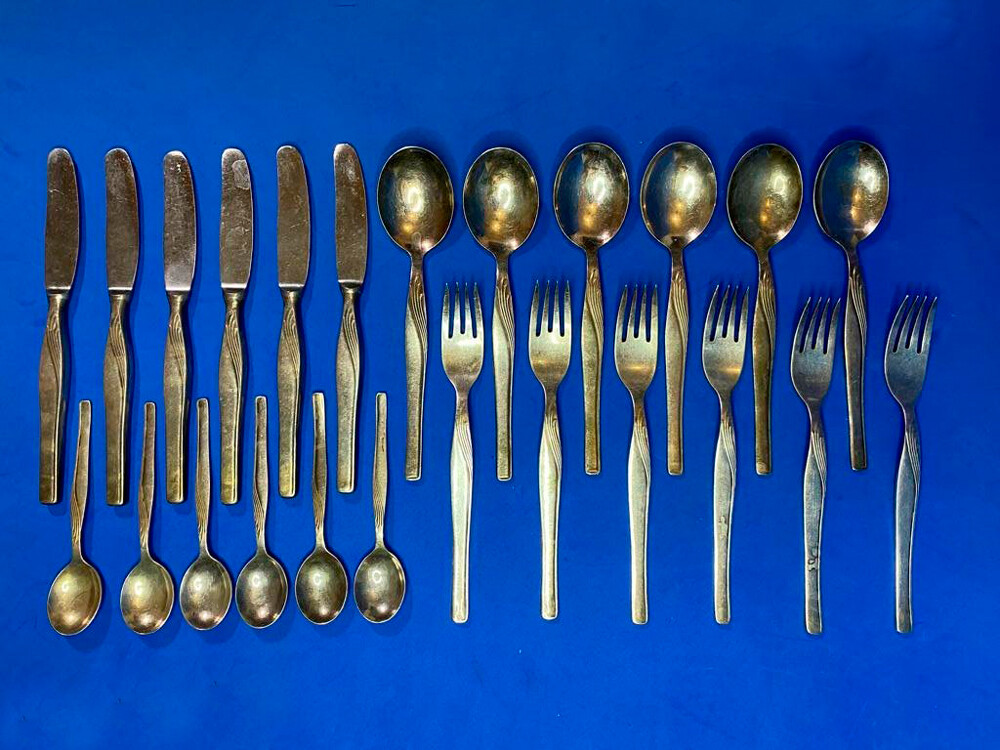
Melchior set.
meshok.netSome household utensils are still in use today, too: thermoses, buckets, ladles and other cooking gear. Soviet housewives valued enameled cookware. Food cooked in it did not come into contact with the metal, which was perceived as not too healthy, little by little, reacting with the food. However, the coating was easily damaged and cracked, so, today, such pots and pans, if they remain in the household, are no longer used for food.
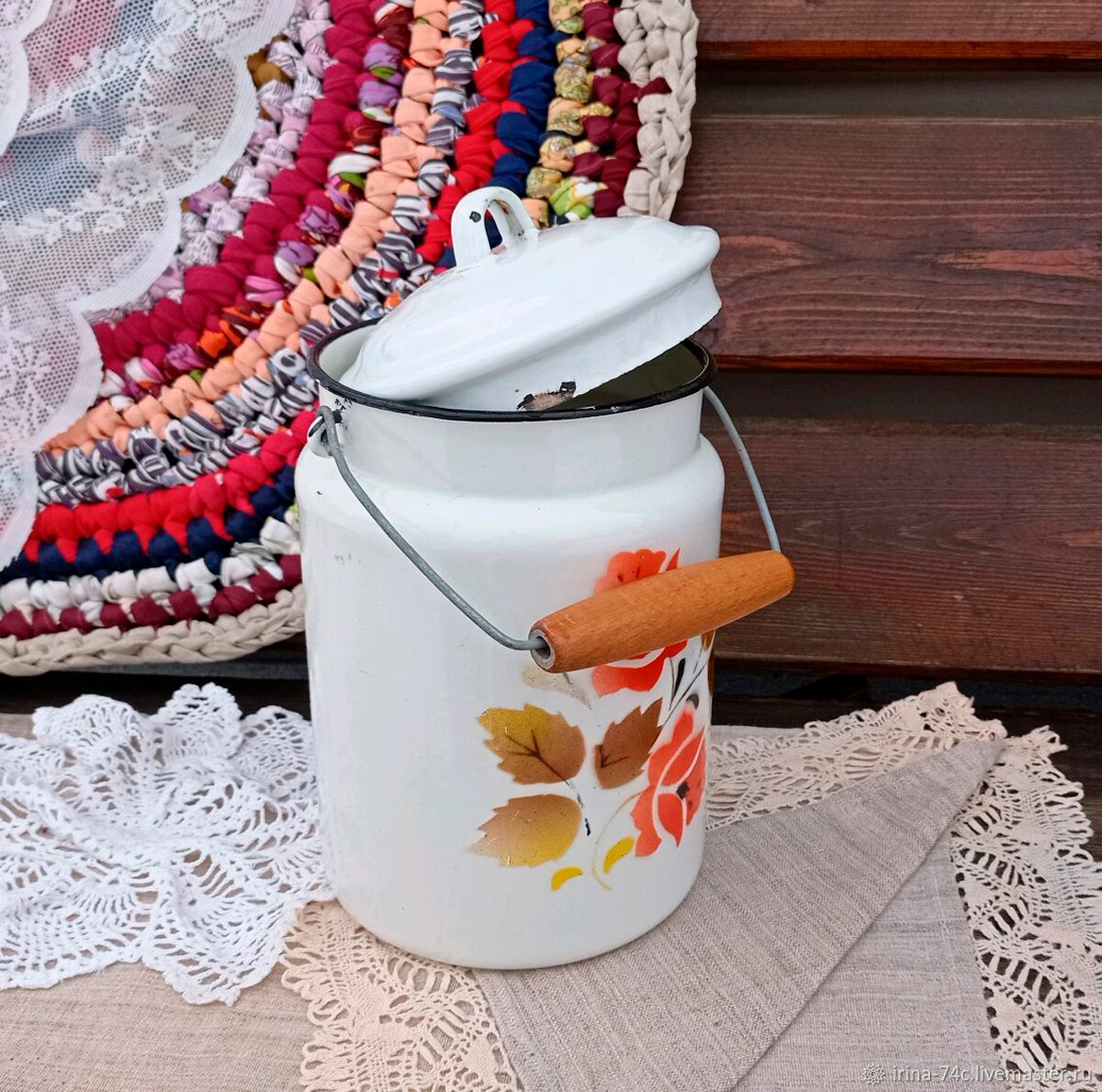
A water-can that was used to store milk.
livemaster.ruMany housewives in the USSR had cast-iron pans and duck pans (they were used to bake not only ducks in the oven, but also many other things!). The lifespan of cast iron with proper care is unlimited and the taste of food cooked in it is very different, so they are valued and used to this day.
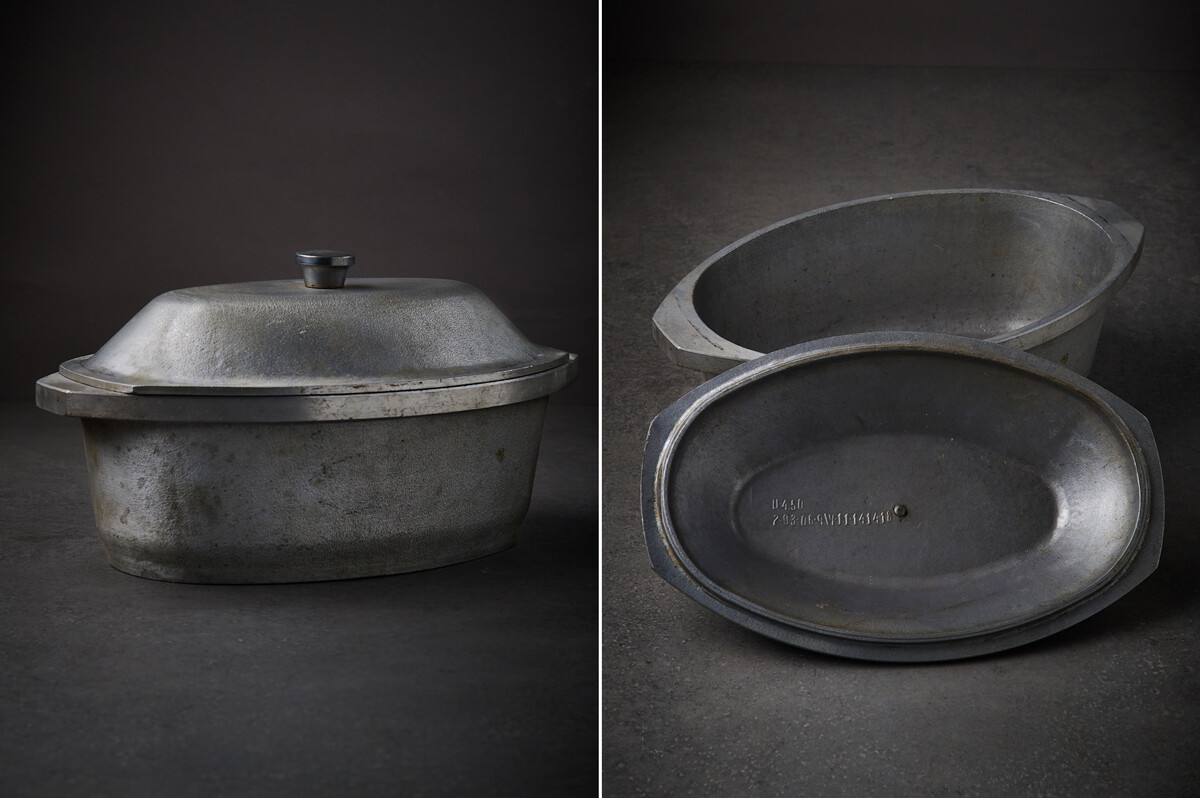
A cast-iron duck pan.
afgankazans.ruDear readers,
Our website and social media accounts are under threat of being restricted or banned, due to the current circumstances. So, to keep up with our latest content, simply do the following:
If using any of Russia Beyond's content, partly or in full, always provide an active hyperlink to the original material.
Subscribe
to our newsletter!
Get the week's best stories straight to your inbox